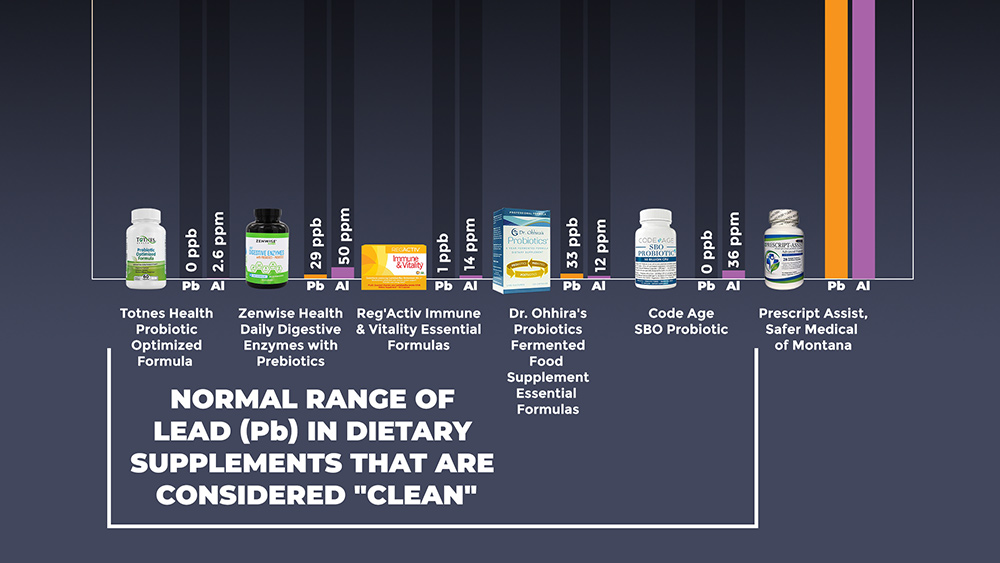Teenagers living in areas with high air pollution are at higher risk of psychosis
08/18/2019 / By Melissa Smith

Air pollution is known to cause respiratory health, but a new study suggests that it can also affect mental health, especially in teenagers. The study, which was published in JAMA Psychiatry, found that teenagers who were exposed to air pollution growing up are at a higher risk of psychosis. This is the first study that reported a link between air pollution and psychotic experiences in adolescence.
Psychotic experiences, such as hearing voices and intense paranoia, are less severe symptoms experienced by people with a psychotic disorder like schizophrenia. While psychotic experiences are more common in adolescence than adulthood, teens who report psychotic experiences tend to go on to develop psychotic disorders, as well as a range of other mental health problems and suicide attempts. Psychotic disorders are hard to treat and put a heavy burden on individuals, families, health systems, and society.
“By improving our understanding of what leads to psychotic experiences in adolescence, we can attempt to deal with them early and prevent people from developing psychotic disorders and other serious mental health problems,” said Dr. Helen Fisher, senior author of the study.
For the study, Fisher and other researchers from King’s College London in the U.K. analyzed data from the E-Risk study, which included 2,232 children born in England and Wales. Teens in the study were examined for psychotic experiences in private interviews at age 18. They responded to questions on whether they heard voices that others cannot or feeling like they were being watched.

|
Discover how to prevent and reverse heart disease (and other cardio related events) with this free ebook: Written by popular Natural News writer Vicki Batt, this book includes everything you need to know about preventing heart disease, reversing hypertension, and nurturing your cardiac health without medication. Learn More. |
In addition, the researchers took the participants’ home addresses and two other places where they spent a lot of time. They also used an inventory that makes hourly estimates of air pollution.
The results showed that psychotic experiences were more common in urban areas. The young people with the highest exposure to nitrogen dioxide (NO2), nitrogen oxides (NOx), and very small particulate matter (PM2.5) experienced psychotic episodes the most.
NO2 and NOx accounted for 60 percent of the link between living in an urban environment and having adolescent psychotic experiences. The link remained even after considering other risk factors for psychosis, such as drug use and socioeconomic class. The findings raise alarm as children and teens are the most susceptible to the health effects of air pollution. This is because their brains and respiratory systems have not yet fully developed. (Related: Living in polluted cities found to cause DNA damage that leads to shortened life spans.)
Air pollution affects teens’ behaviors
The emotions and decisions of young people may also be affected by air pollution exposure, according to a study by researchers at the University of Southern California (USC). In this study, the USC researchers found a link between higher levels of air pollution and increased teenage delinquency.
PM2.5 are tiny pollution particles that are 30 times smaller than a strand of hair. In the study, the researchers found that these toxic particles creep into the developing brains of teens and cause inflammation and may damage brain pathways responsible for emotions and decisions.
For the study, the researchers followed 682 children in Greater Los Angeles for nine years starting when they were nine years old. The parents completed a child-behavior checklist every few years and noted if their child engaged in 13 rule-breaking behaviors, such as lying, cheating, vandalism, etc.
At the same time, the researchers measured the daily air pollution in Southern California from 2000 to 2014 using 25 air quality monitors. They found that nearly 75 percent of the participants inhaled ambient air pollution that exceeded the limit of 12 micrograms per cubic meter (mcg/m3).
Overall, these studies highlighted the importance of limiting exposure to air pollution, especially in children and adolescents.
Sources include:
Tagged Under: adolescence, adolescents, air quality, behavior, brain function, brain health, children's health, Diseases, disorders, environment, mental health, mental problems, particulate matter, PM2.5, psychosis, psychotic experiences, teenagers, Teens


















